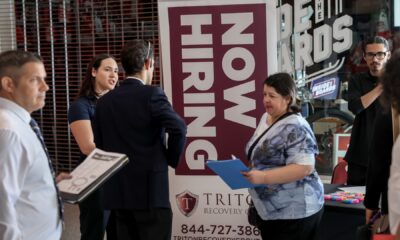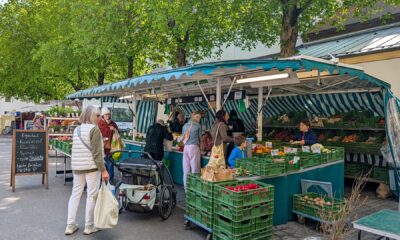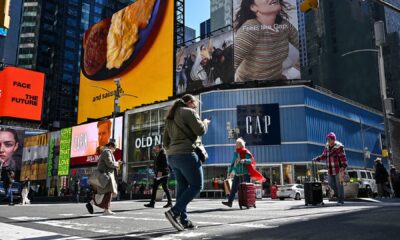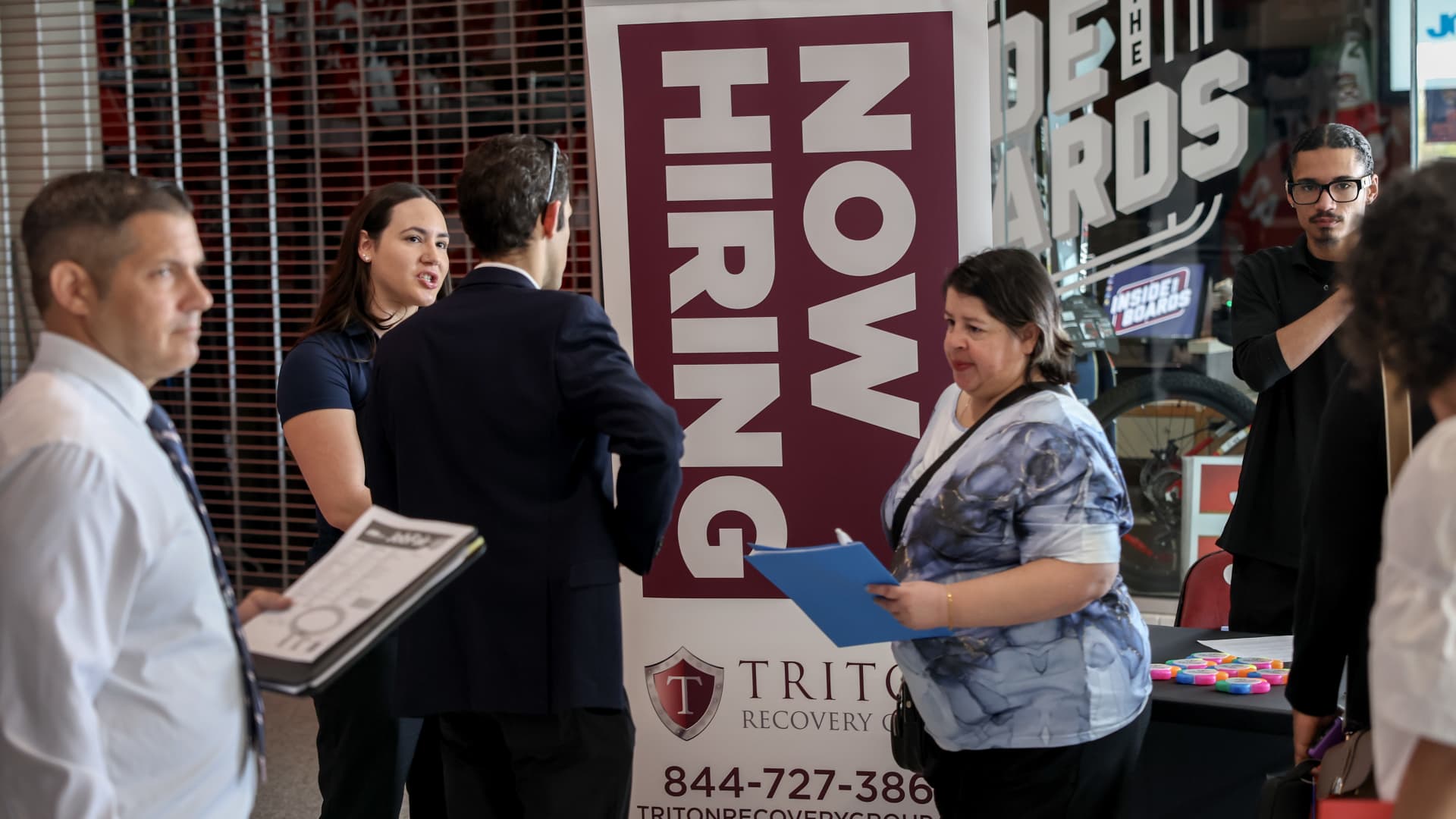With decision day looming this week for President Donald Trump’s latest round of tariffs, Goldman Sachs expects aggressive duties from the White House to raise inflation and unemployment and drag economic growth to a near-standstill.
The investment bank now expects that tariff rates will jump 15 percentage points, its previous “risk-case” scenario that now appears more likely when Trump announces reciprocal tariffs on Wednesday. However, Goldman did note that product and country exclusions eventually will pull that increase down to 9 percentage points.
When the new trade moves are enacted, the Goldman economic team led by head of global investment research Jan Hatzius sees a broad, negative impact on the economy.
In a note published on Sunday, the firm said “we continue to believe the risk from April 2 tariffs is greater than many market participants have previously assumed.”
Inflation above goal
On inflation, the firm sees its preferred core measure, excluding food and energy prices, to hit 3.5% in 2025, a 0.5 percentage point increase from the prior forecast and well above the Federal Reserve’s 2% goal.
That in turn will come with weak economic growth: Just a 0.2% annualized growth rate in the first quarter and 1% for the full year when measured from the fourth quarter of 2024 to Q4 of 2025, down 0.5 percentage point from the prior forecast. In addition, the Wall Street firm now sees unemployment hitting 4.5%, a 0.3 percentage point raise from the previous forecast.
Taken together, Goldman now expects a 35% chance of recession in the next 12 months, up from 20% in the prior outlook.
The forecast paints a growing chance of a stagflation economy, with low growth and high inflation. The last time the U.S. saw stagflation was in the late 1970s and early ’80s. Back then, the Paul Volcker-led Fed dramatically raised interest rates, sending the economy into recession as the central bank chose fighting inflation over supporting economic growth.
Three rate cuts
Goldman’s economists do not see that being the case this time. In fact, the firm now expects the Fed to cut its benchmark rate three times this year, assuming quarter percentage point increments, up from a previous projection of two rate cuts.
“We have pulled the lone 2026 cut in our Fed forecast forward into 2025 and now expect three consecutive cuts this year in July, September, and November, which would leave our terminal rate forecast unchanged at 3.5%-3.75%,” the Goldman economists said, referring to the fed funds rate, down from 4.25% to 4.50% today.
Though the extent of the latest tariffs is still not known, the Wall Street Journal reported Sunday that Trump is pushing his team toward more aggressive levies that could mean an across-the-board hit of 20% to U.S. trading partners.
Get Your Ticket to Pro LIVE
Join us at the New York Stock Exchange!
Uncertain markets? Gain an edge with CNBC Pro LIVE, an exclusive, inaugural event at the historic New York Stock Exchange.
In today’s dynamic financial landscape, access to expert insights is paramount. As a CNBC Pro subscriber, we invite you to join us for our first exclusive, in-person CNBC Pro LIVE event at the iconic NYSE on Thursday, June 12.
Join interactive Pro clinics led by our Pros Carter Worth, Dan Niles, and Dan Ives, with a special edition of Pro Talks with Tom Lee. You’ll also get the opportunity to network with CNBC experts, talent and other Pro subscribers during an exciting cocktail hour on the legendary trading floor. Tickets are limited!
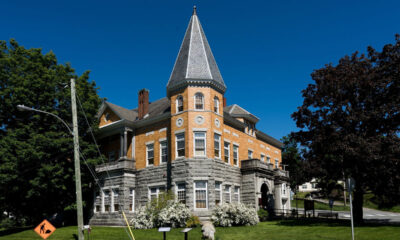
 Economics1 week ago
Economics1 week ago
 Personal Finance7 days ago
Personal Finance7 days ago
 Economics7 days ago
Economics7 days ago
 Blog Post3 days ago
Blog Post3 days ago
 Economics1 week ago
Economics1 week ago
 Accounting7 days ago
Accounting7 days ago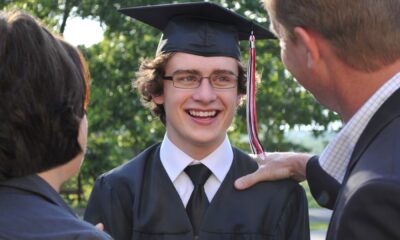
 Personal Finance1 week ago
Personal Finance1 week ago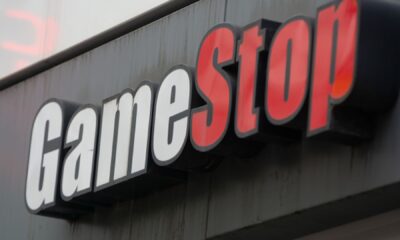
 Finance7 days ago
Finance7 days ago

